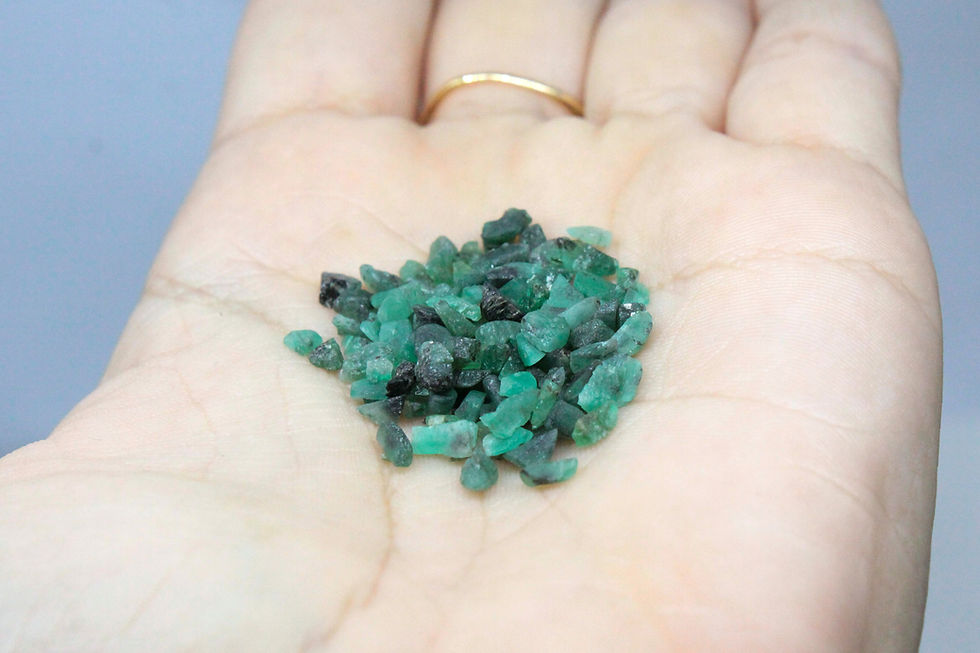Chalcedony, a globally widespread gemstone, captivates with its translucent beauty, showcasing hues from soft blues and greens to warm earth tones. This quartz variety forms in diverse environments, often in association with volcanic rocks and geodes, exhibiting intricate crystalline structures.
Renowned for its aesthetic appeal, chalcedony is not just a decorative gem but also a versatile and utilitarian stone. Its moderate hardness allows for intricate carvings, making it a favored choice for ornamental pieces and amulets. Additionally, chalcedony's suitability for engravings and cameos adds to its artistic allure.
Chalcedony contains the same physical make-up as many other stones. It is a SiO2 stone, which can take many names depending on which colours it displays:
Agate - banded chalcedony
Aventurine - sparkly green bloodstone - dark green + red
Carnelian - red + translucent
Chrysoprase - neon green
Jasper - red, yellow, brown, black
Onyx - solid black
Sardonyx - brown and red banded





















